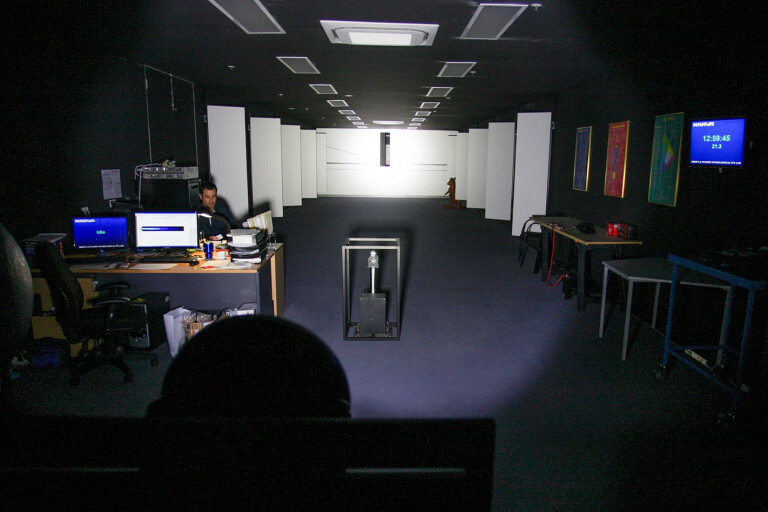
OUR latest guests to the 4X4 Garage are the folks from Narva, who are utilising LED as a light source for, what it claims to be, one of the best aftermarket lights on the market: the Ultima 215 LED.
“We have looked very carefully at how we can use LED technology to develop the perfect driving light,” George Davies, Narva Marketing Manager, explained. To that end, Narva has utilised 33 5W Cree LEDs. “We’ve used the latest Cree XP-G2 chips, and that means we’re able to get 165W of light and 10,500 lumens. What that means for the driver is that when they’re getting to their destination they’ve got good penetration down the road, but when they get off-road they get that nice, wide spread of light.”

The LED chips sit within a diecast housing that’s supported by a tough pressure diecast mounting bracket. This is kept tight via three stainless steel bolts with nyloc nuts. Lateral movement is locked, but vertical angle adjustment can be altered on the fly without tools. The unit’s anchored by a polyurethane suspension system and an alloy adjustment knob. The 215 also features an in-built light pipe that meets ECE requirements. A hard-coated lens and see-through lens protector are made from polycarbonate to protect the lamps from stone damage and abrasions.
The 2.8kg lamp is IP66 and IP67 rated and features Narva’s Active Thermal Management System, an integrated Deutsch Connector and a Gore-Tex breather vent.
Without the lens cover the unit measures 215mm wide x 112mm deep x 235mm tall, which means it’ll fit a wide range of bullbars.
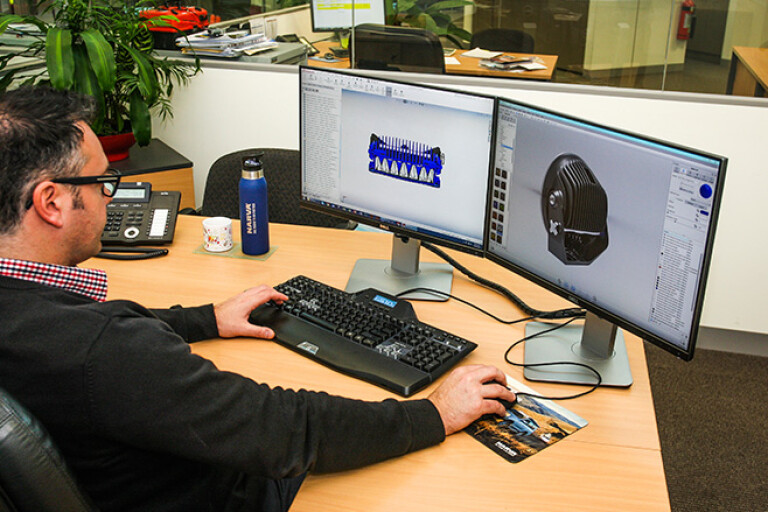
“Our product is designed in-house. We’ve got our own engineers and designers. We make sure the product is fit for the Australian market. We make sure we offer a product that has a point of difference and stands out,” Davies said.
To see how the Ultima 215 transforms from a CAD design into a physical LED, we ventured to where the magic happens at Narva’s production facility in Melbourne’s south-east.
The massive home-base incorporates an intensive testing regime, where Narva’s boffins run each light through a number of comprehensive tests to ensure they are all ready for real-world use.
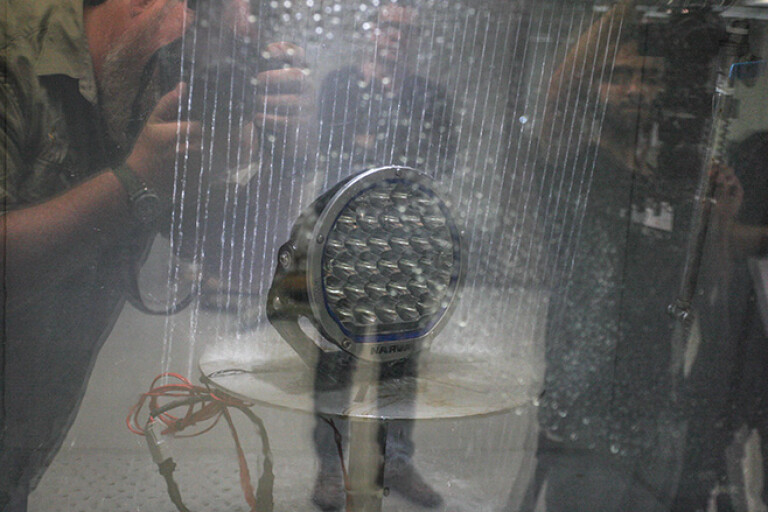
Jo Banks, Production Development Manager at Narva, was on deck to guide us through the extensive process. “Before you torture it, we torture it as best we can to ensure you’re not going to have any issues,” he said. “We have a number of pieces of equipment here to do that.”
Narva’s rain chamber is one such device that tests a light’s ability to withstand rain. “The unit is sprayed from all angles by the spray bar as the product spins around on the turntable,” Banks said.
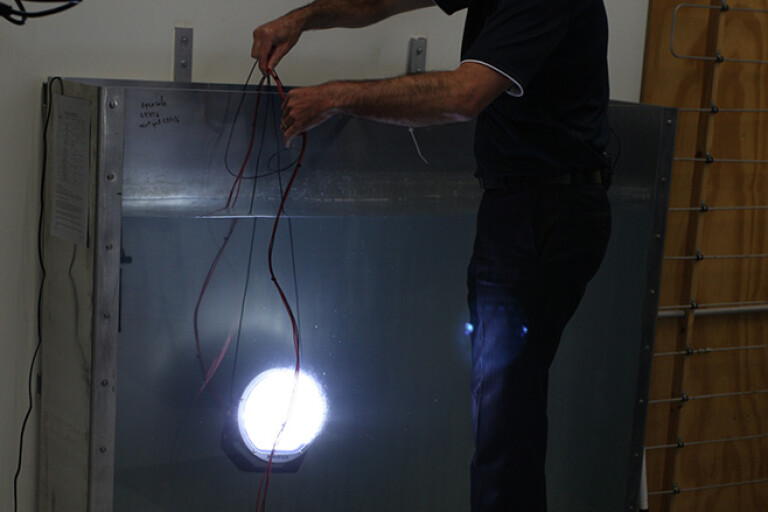
A submersion tank, next on the line, tests a light seal’s ability to keep the ingress of water out when it is totally submerged in water. “The 215 is a lamp with a breather, so rather than being entirely sealed it’s sealed, but with a Gore-Tex breather vent on the back, which allows the air pressure inside the lamp to balance. But once submerged the vent locks and seals against any water,” Banks told us.
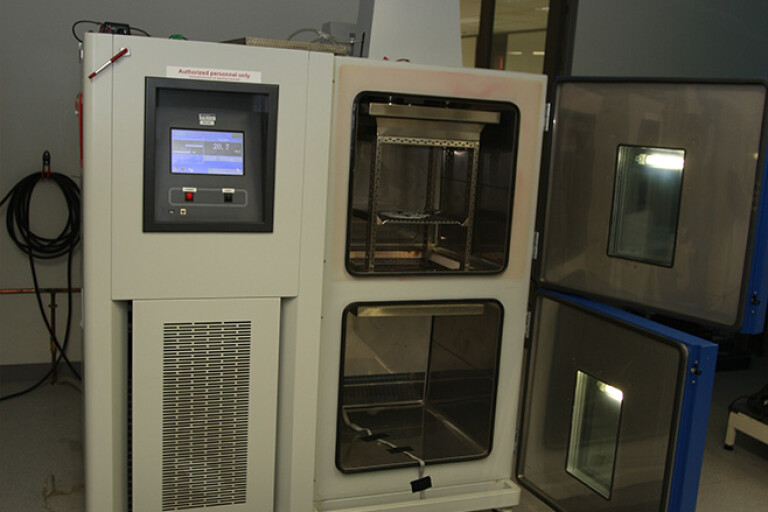
Next up is the , which tests the unit’s paint finishes, glues, resins and plastics. “It allows us to have controlled temperature and humidity in the chamber,” Banks added. The heat test can run 24 hours a day at varying temps.
A dust ingress test, which uses talcom powder instead of dust, takes about six hours for the powder to settle. While a thermal shock machine – two temperature chambers on top of each other (freezer and oven) – moves the test sample between extremely hot (100°C) and extremely cold (-60°C) to test a unit’s ability to withstand varying temperatures. The Ultima 215 has an operating temperature that ranges from -40°C to 65°C.
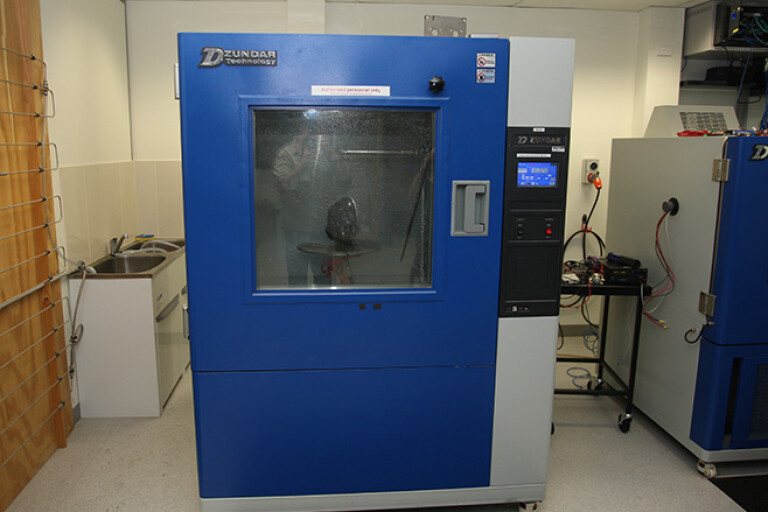
Narva also has its own light lab, which features a 25m and a 5m photo cell, where it’s able to work out how far and how wide a light can penetrate. The Ultima 215 LEDs pierce the road ahead to a distance of 900m. It also has a great widespread ability, affording the 4x4 superior protection. “When you’re off-road you want to have a good, wide spread of light. This allows you to get good coverage and avoid animal strikes,” George Davies added.

Up to 60 per cent of all testing is done in-house at Narva, with the rest taking place with the company’s manufacturing partners. After the thorough testing process, Jo Banks said they “end up with the knowledge that we know the product is going to survive in the real world in harsh conditions, as we’ve been able to recreate in the lab here conditions equal to or more severe than what you’re actually going to see in the real world.”
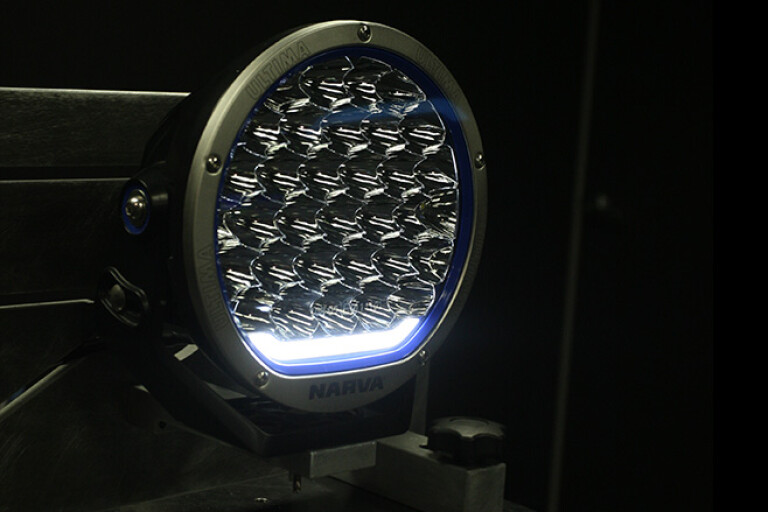
The Ultima 215 LEDs are slated for a May 2017 release at an expected RRP of $699 per lamp. We’ll be sticking a set to the front of a 4x4 soon, so watch this space for a complete review.



COMMENTS